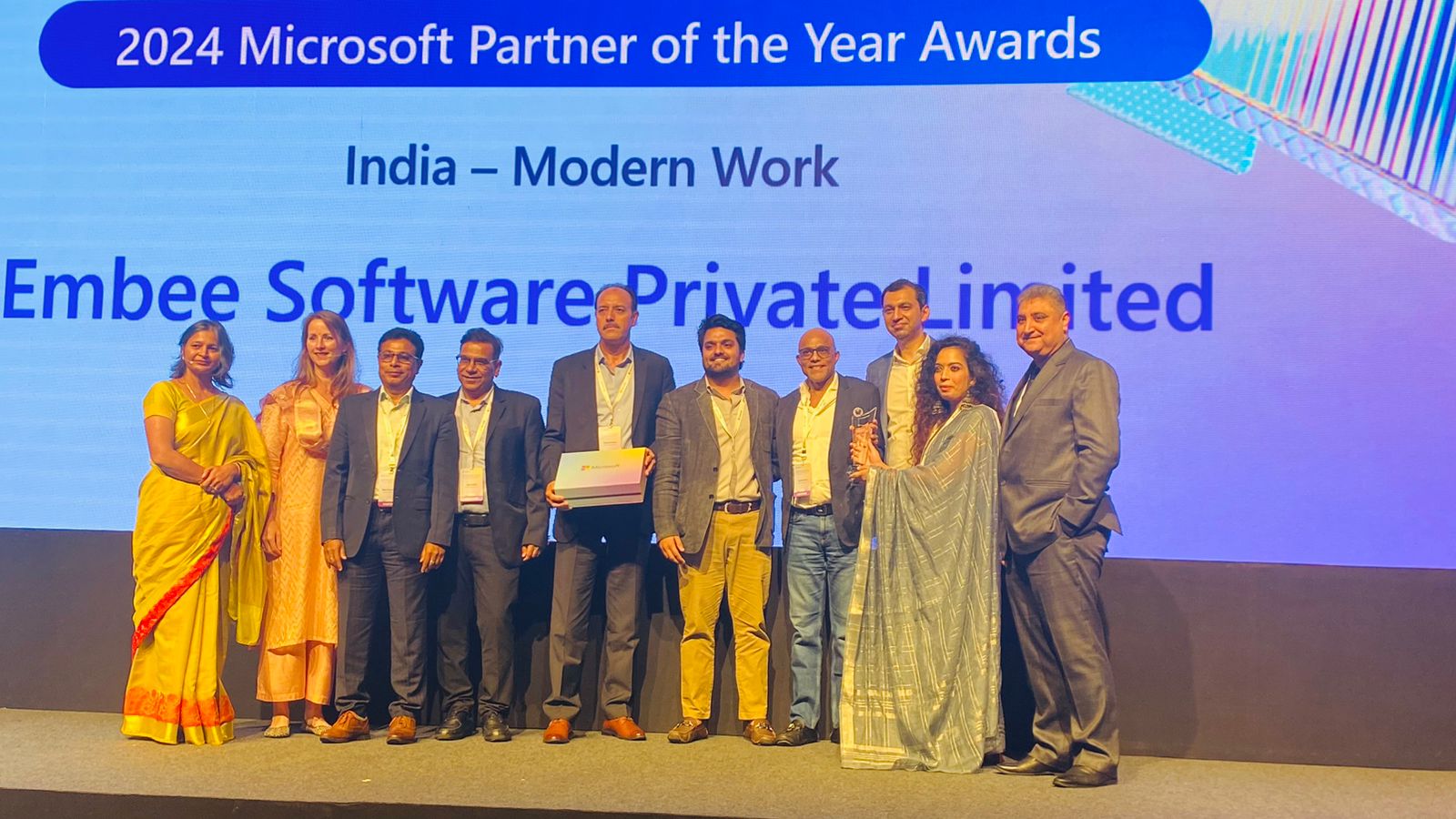Costing hundreds of dollars and just as many man hours, enterprise resource planning (ERP) systems are undoubtedly massive investments of money, resources and time. What businesses must understand is a successful ERP implementation can help the company streamline workflow and optimize costs, whereas a less than perfect rollout can lead to major consequences, in terms of lost productivity and delays.
A good place to start navigating this complex landscape is to identify the most common, and often costly mistakes that executives make when choosing, deploying an ERP system. Quick suggestions on how they can avoid making such mistakes, can be helpful.
- Not being thorough with requirements gathering:
It is quite common to want to automate and integrate business processes as is, with an ERP solution. However., it is important to remember that the efficiency of an ERP system, largely, depends of the effectiveness of the processes it automates. It provides an opportunity to identify shortcomings and make necessary adjustments to improve the workflow. Thus, automating an outdated, inefficient and complex process would only make it run much faster and adversely affect the business that much more.
2. Not taking into account the end-users (in every department) during decision-making:
When making the decision to implement an ERP solution, usually the approvals of only C-level executives are sought. However, not taking into account the suggestions of employees on how it will impact their existing processes can lead to understanding and operational complications later. It is crucial to consult employees not just from IT, but across the entire organization from finance, operations, manufacturing and warehouse to ensure everyone is invested in finding and implementing the right solution as smoothly as possible.
3. Implementing the system in one go:
What needs to be adequately understood is that ERP systems are complex, and it may not be possible to determine all the implementation requirements up front, then implement the system, train users and go live – all at once. Some may argue that this is the conventional waterfall model of implementation, but the truth is it is outdated and works with very few, if any, modern technological solution. A business needs to be agile in its approach of implementation. Taking small steps, with end-user involvement at each step, can help to accurately determine requirements, test, find gaps and then proceed.
4. Inadequate budgeting for technical staff:
Business leaders often underestimate the expenses that are associated with the implementation and maintenance of an ERP solution. More importantly, they are unclear about the training required for their employees for ensuring optimal use of the solution. When organizations are trying to accomplish more with less, inadequate budgeting for any of the many aspects of the project can result in unexpected challenges later, and even partial failure.
5. Not vetting the ERP implementation service providers:
It is imperative to do thorough research and ask the right questions before signing on the dotted line. Decision makers often choose the larger ERP implementation service provider expecting a substantial return on investment (ROI). However, in reality large ERP implementation partners often lack industry-specific specialization to cater to particular businesses requirements. Also, it is important to evaluate the customer support and deployment time that a vendor is committing to. Often after implementation, businesses are surprised by system functionality restrictions, lack of capabilities and so on that they do not receive immediate support for, from the vendor.
6. Ignoring change management:
Change management is a vital requirement of implementation. How effectively an organization manages change defines, to a large extent, the new skills that executives, managers and employees need to master. Business transformations through ERP cannot be successfully achieved without effectively managing change across three key organizational areas: people, process and technology. Businesses often look at IT technology to unify, streamline and simplify business operations while processes and systems require deep analysis. Here the people factor requires more intensive strategic planning than the rest.
8. Not having a plan for maintenance:
Implementing ERP solution isn’t a one-off thing. Once the implementation is complete, the business should invest in a maintenance strategy do what is needed for maintaining and improving the ERP system on a regular basis. Outdated ERP systems can increase risks of security issues.
An ERP solution, if correctly introduced and maintained, can be a major contributor of enhanced efficiency, increased agility and resource optimization. It is important to be in a constant learning process to avoid mistakes and ensure the solution is a successful venture that will benefit organization for long time.
















































